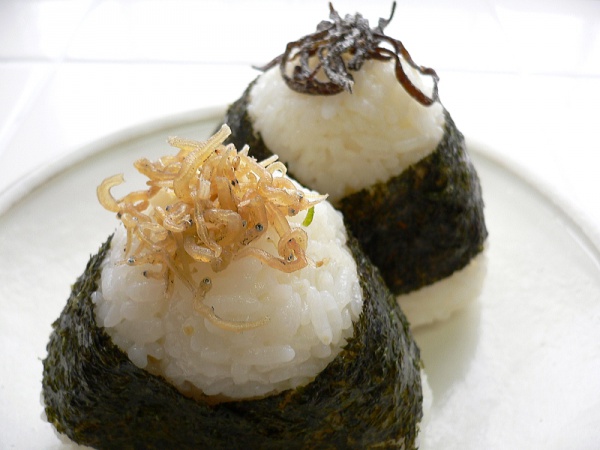Facts About Onigiri
Onigiri, also known as o-musubi or rice balls, is a beloved traditional Japanese snack crafted from white rice shaped into triangles or cylinders and often wrapped in nori (seaweed). These delectable treats are typically filled with ingredients such as pickled ume (plum), salted salmon, katsuobushi (dried bonito flakes), kombu (kelp), tarako (cod roe), and mentaiko (spicy cod roe), which serve as natural preservatives.
While some might mistake onigiri for a type of sushi, it is distinctly different. Sushi rice is seasoned with vinegar, sugar, and salt, whereas onigiri is made with plain rice, designed to be portable and durable. Sushi was originally intended to preserve fish, whereas onigiri focused on making rice convenient to carry and consume.
Onigiri has a storied history in Japan, dating back to the 11th century. Samurai would carry rice balls wrapped in bamboo leaves as a quick meal during battles. Over the centuries, onigiri has evolved in both shape and flavor, becoming a popular food option across Japan.
The 1980s marked a significant development with the invention of a machine to mass-produce triangular onigiri, making this snack more accessible than ever. Nowadays, onigiri is often mechanically wrapped to maintain its freshness, with the nori kept separate from the rice until it’s ready to be eaten.
Onigiri can be made with various types of cooked rice, including plain white rice, glutinous rice with vegetables, mixed rice, or even fried rice. Popular fillings include umeboshi (pickled plum), okaka (bonito flakes with soy sauce), tsukudani (foods simmered in soy sauce and mirin), tuna with mayonnaise, dried fish, fried foods, miso, and pickled fruits and vegetables. These fillings add bursts of flavor to the rice, making onigiri a versatile and cherished element of Japanese cuisine.
